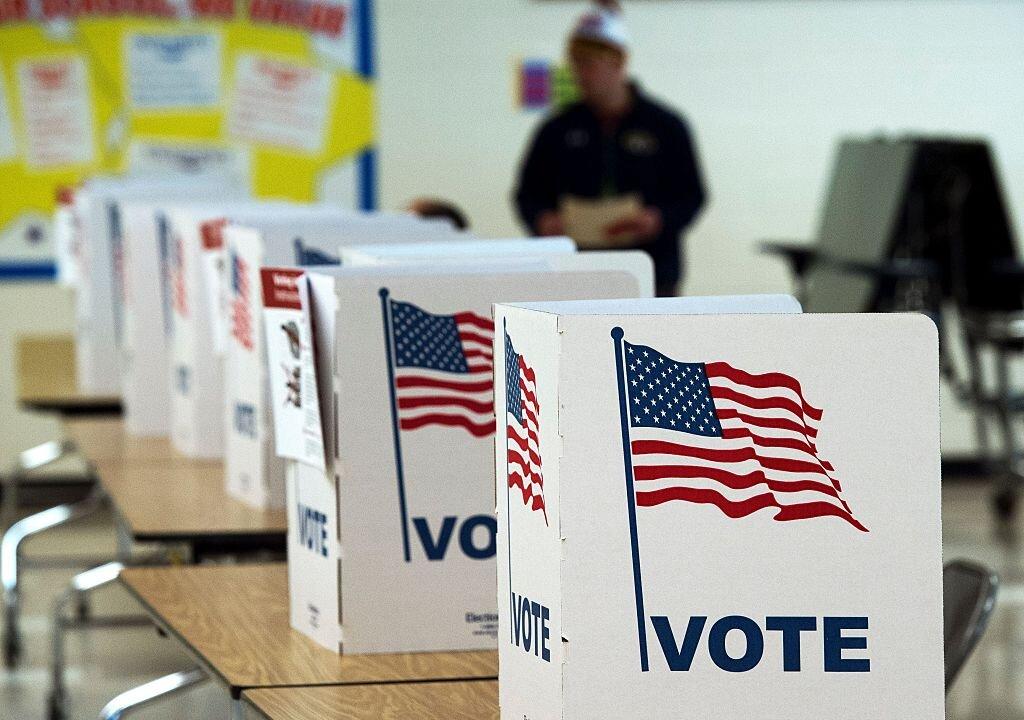The editorial boards of The Wall Street Journal and The New York Times are at the opposite ends of the ideological spectrum. They seldom agree. Yet on President Donald Trump’s tariffs on steel and aluminum imports from Canada, Mexico, and the European Union, the two boards are singing in unison that the tariffs are bad and that Trump is mean to friends of the United States.
Given The Wall Street Journal’s reputation of being pro-free trade and pro-globalism, it is not surprising its editorial board is against the tariffs. The editorial argues that Trump’s tariffs could potentially push up import prices, invite retaliation from trading partners, and breed discord among our friends.




